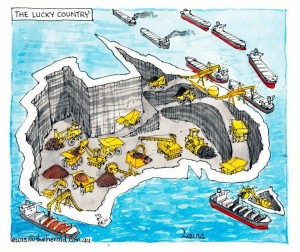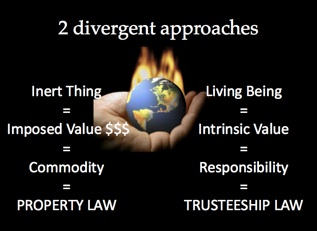Curtis NRA, recently advising on the loss of their natural environment in two instances of illegal logging in Papua New Guinea (see previous posts), used this description, attributed to Tim Anderson USyd 2006: “Access to materials for food; housing; materials for medicine; fuels; fences; weapons; tools; canoes; textiles; string bags (bilums); cords and rope; musical instruments; artworks; and, articles of personal adornment, ritual and magic”.
This makes sense when you consider that the customary landowners in Papua New Guinea, particularly those remote from a major town like Lae, Madang or Port Moresby, do not have access to a trading venue (market), for their goods. Nor is there a social security system in PNG.
SO! The ecosystem goods and services above are all that they have for survival.
Rod Campbell from Melbourne-based ‘Economists at Large’ points out that the above definition only includes ‘goods’ and NO ‘services’, such as climate regulation, water regulation etc., And, he is right, however Anderson may have concluded that the customary landowners took these for granted.
Curtis NRA adopts the now commonly accepted list of 20 goods and services, modified and complemented after Costanza 1997.



